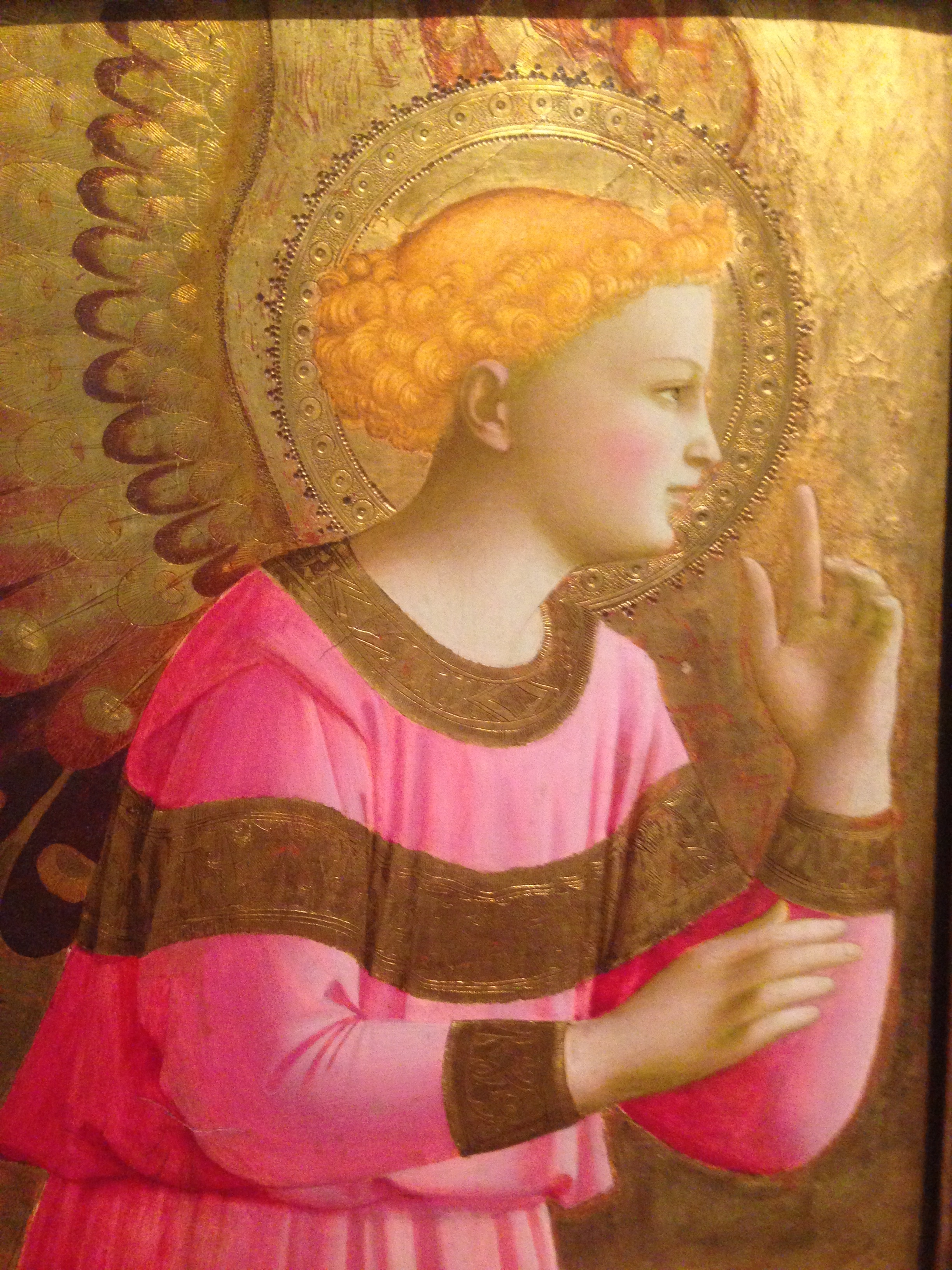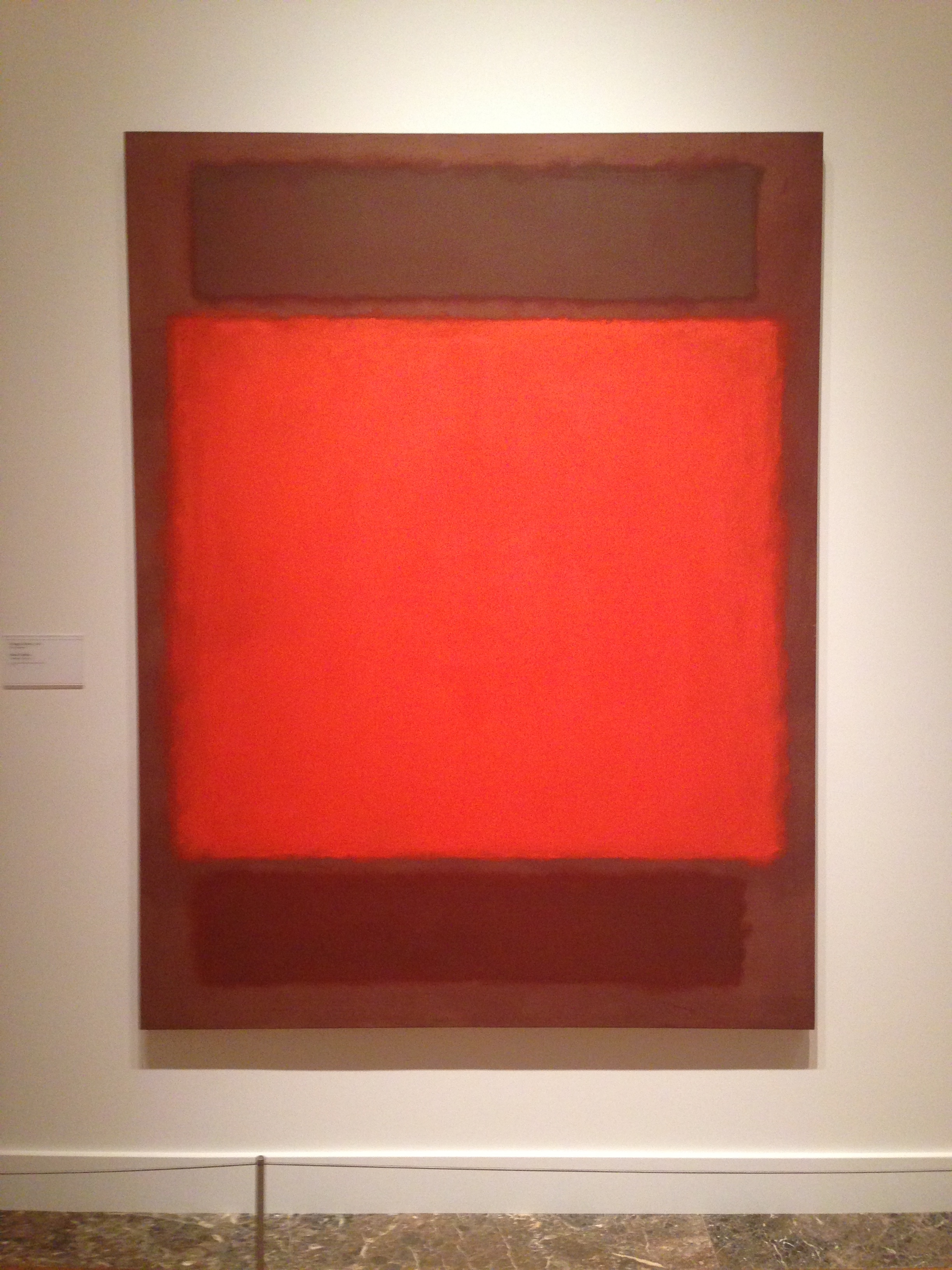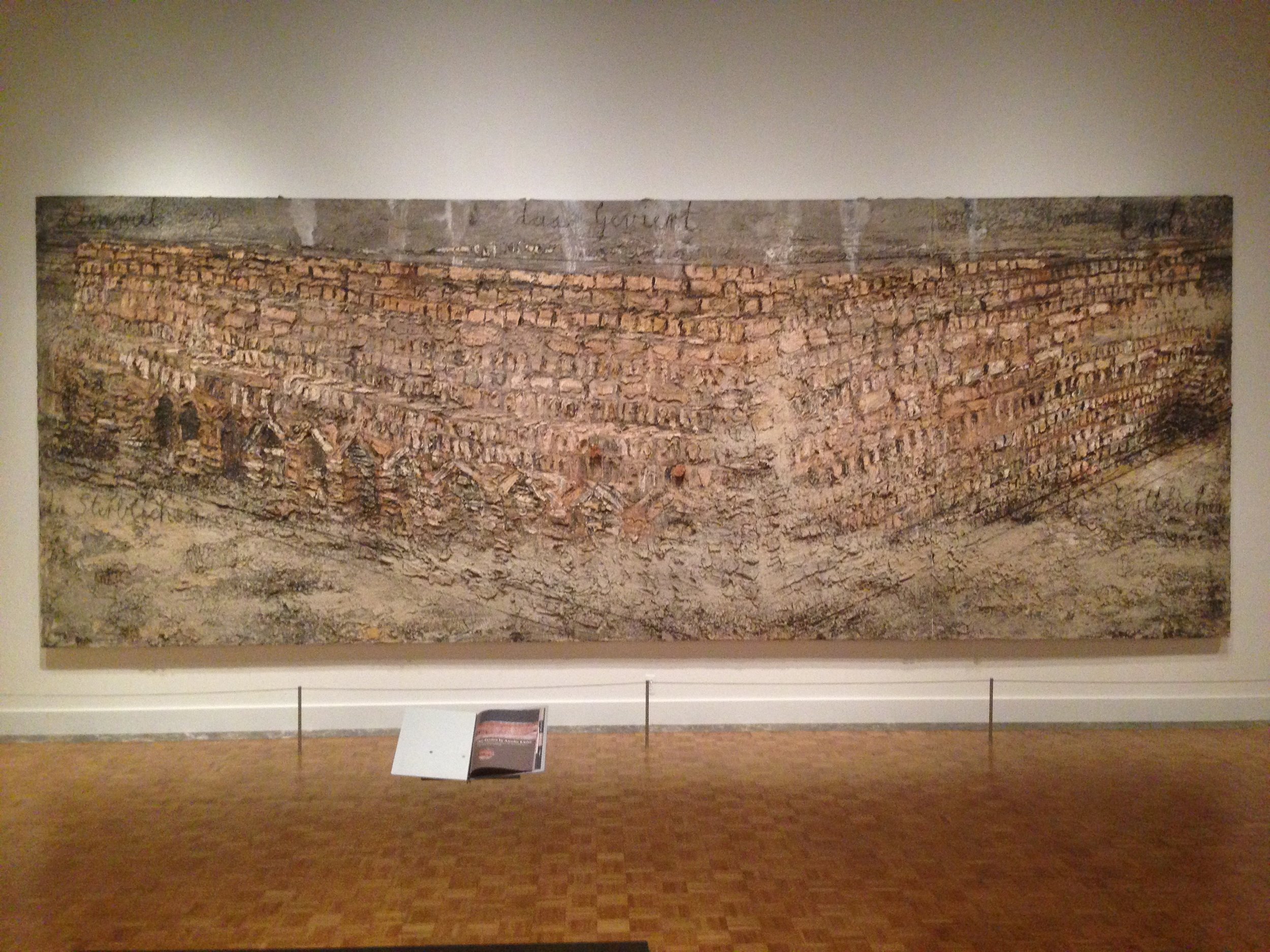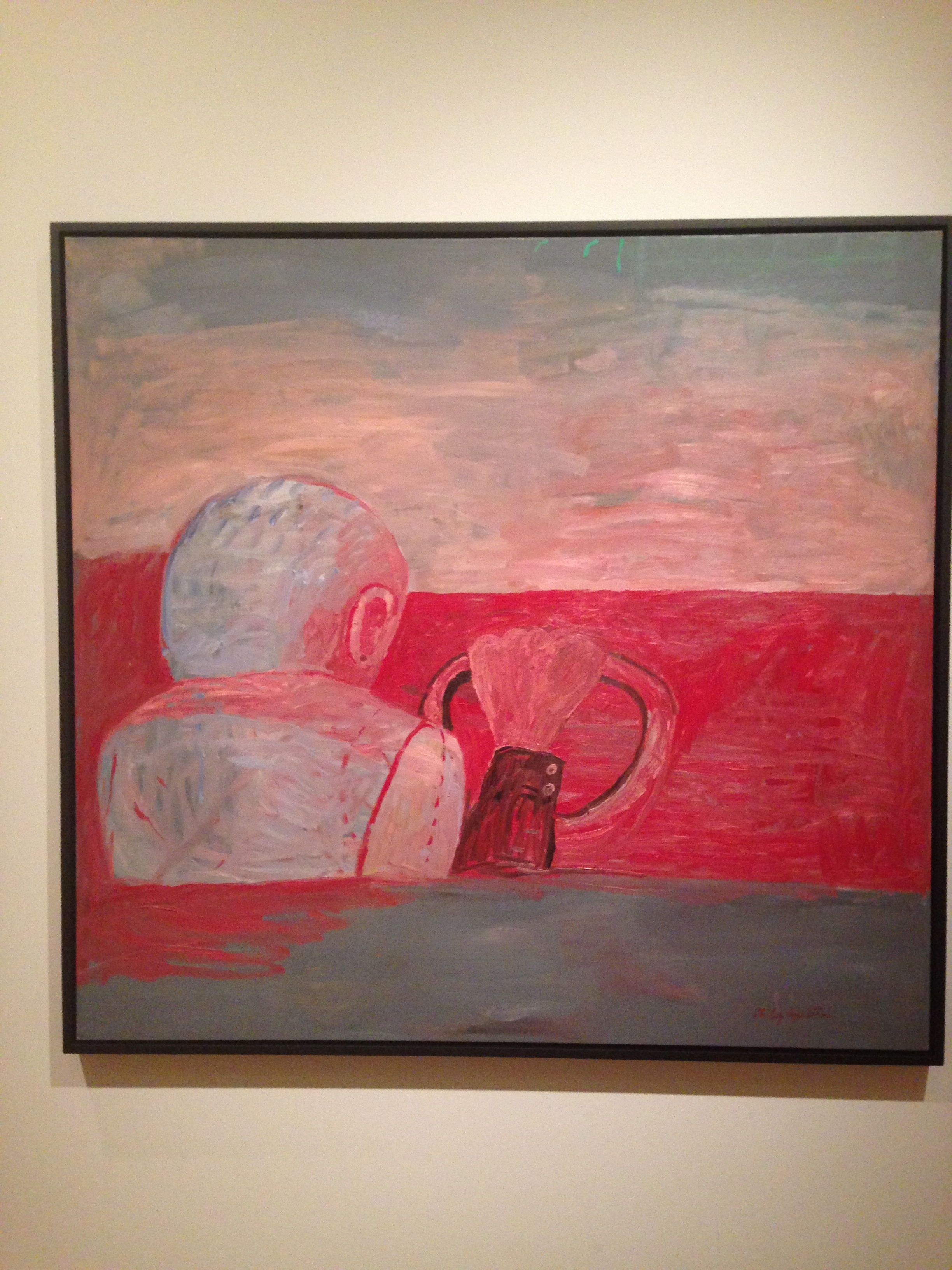I just got back from Detroit.
I'm not going to talk about my memories or my personal sense of loss. I will save that for my loved ones. I will save it for people who will not judge me for my sadness, my anger, my sense of displacement and loss. I will save it for Detroiters, who are still committed to and love that city.
I will talk about art. And the art in Detroit is what shaped me to be an artist and actually affirmed my sense of humanity.
There is a lot of art in Detroit in a lot of different forms.
There is the Detroit Institute of the Arts that is a jewel in the center of the city. There has been much talk about the selling off of the treasures of this museum to cover the cost of Detroit's bankruptcy. I just want people to know what is available there, in a public museum so beloved that people willingly raised their own taxes to keep it open.
There is the vibrant and exciting graffiti culture that is both under and above ground.
There is the Museum of Contemporary Art of Detroit (MOCAD), which hosts the Mike Kelley Mobile Homestead and boasts murals paying tribute to Sean Griffin aka NEKST
There is also the Heidelberg Project which has the distinction of being the largest tourist attraction in Detroit right now. A lot of people love this work and the vision of Tyree Guyton. Lots of people from artists, to urban planners, to Race Traitor magazine have talked about the importance of this artistic intervention in maligned public space. It is something to experience.
I struggle greatly with this project and the other art projects that use the abandoned houses of the city as sites for a certain kind of art. To my eye, all of this work traffics in the aesthetic of trash. It accompanies the fetish for disaster porn that encourages people to photograph the spaces of Detroit as if they are uninhabited ruins of a past civilization-Detroit as Machu Pichu. Because I grew up here, it is hard to see this as a garden of creativity. A lot of graffiti artists (some of them quite famous) have done this sort of thing with houses in Detroit and Hamtramck. I saw a lot of them and I wondered what the people in the neighborhoods thought of them. I wondered if these artists would go home to their own communities and make sculptures of trash and debris in their own front yards. I wondered if this was the kind of public art that the people of Detroit deserved in their neighborhoods.
The opposite of this was the work of Bleeding Heart Design. Rebecca Bucky Willis was good enough to show me some of her community-based projects housed in her neighborhood of Lindale Gardens. Their "WE NEED" project was a moment where design and community came together in a way that brought real tears of hope and joy to my eyes. The simplest gesture, asking people what they need, allowed BHD use participatory design to transform an abandoned site into a place where people could express what they needed.
BHD projects are community responsive and participatory. They inspire action and collaboration and reclamation of public space.
These are the kinds of things that I want people to know about Detroit. That people are working. People are working hard to be good citizens and make their homes better. Not as entertainment for others but for themselves and their communities.
There will be more. I have a show at MOCAD in May and I'll be visiting more and more. There will be a lot more information coming from the D.







































